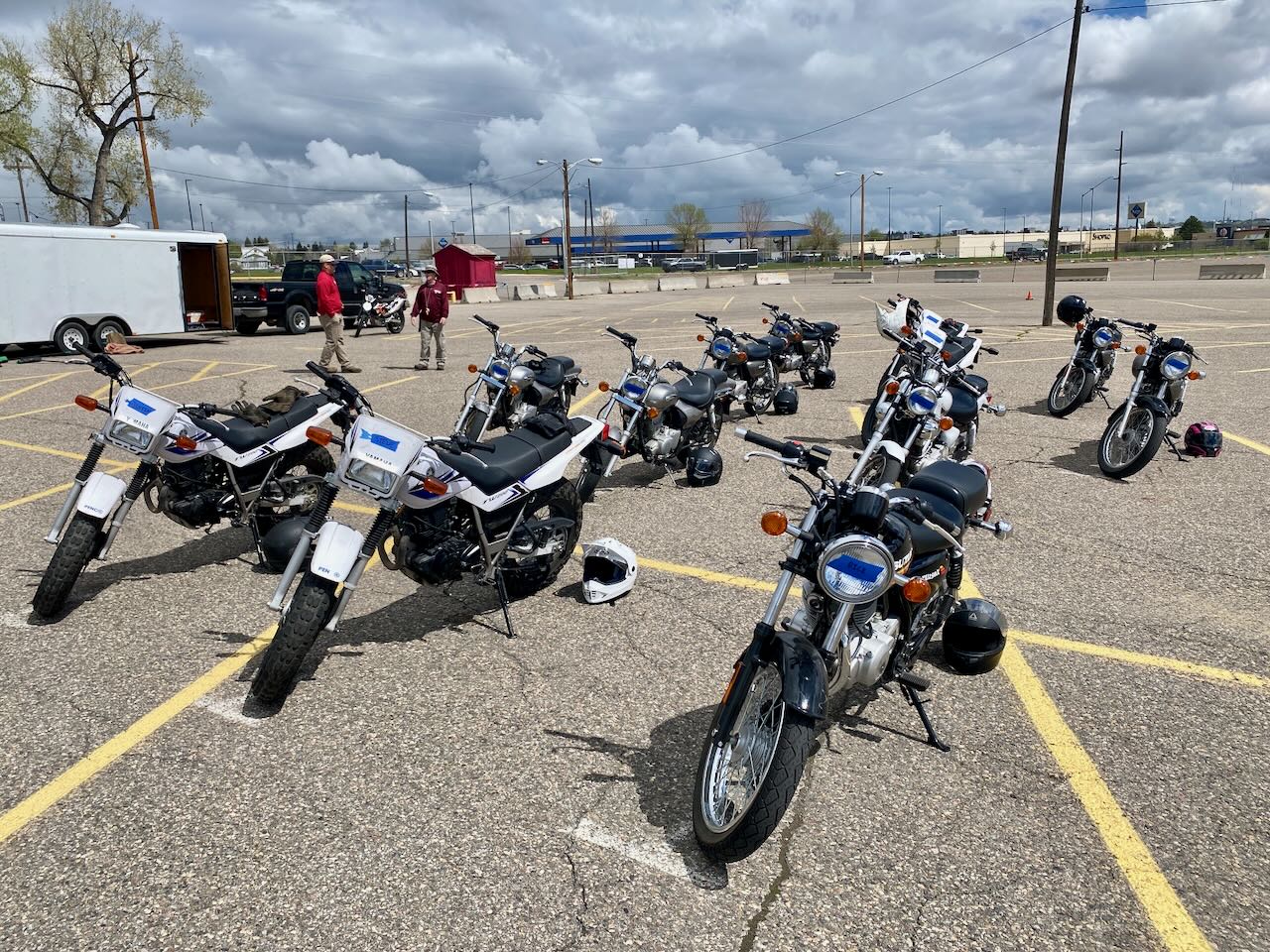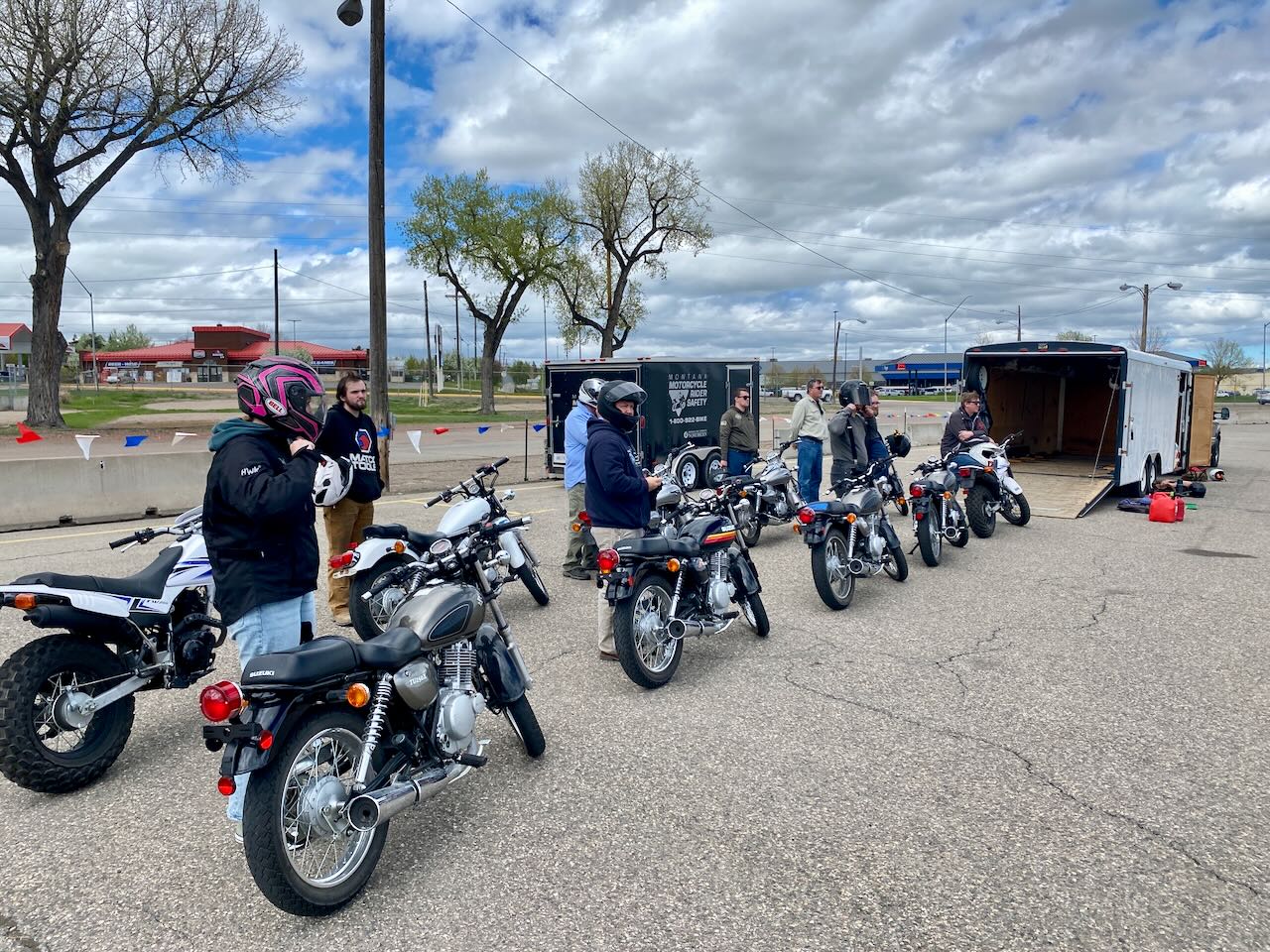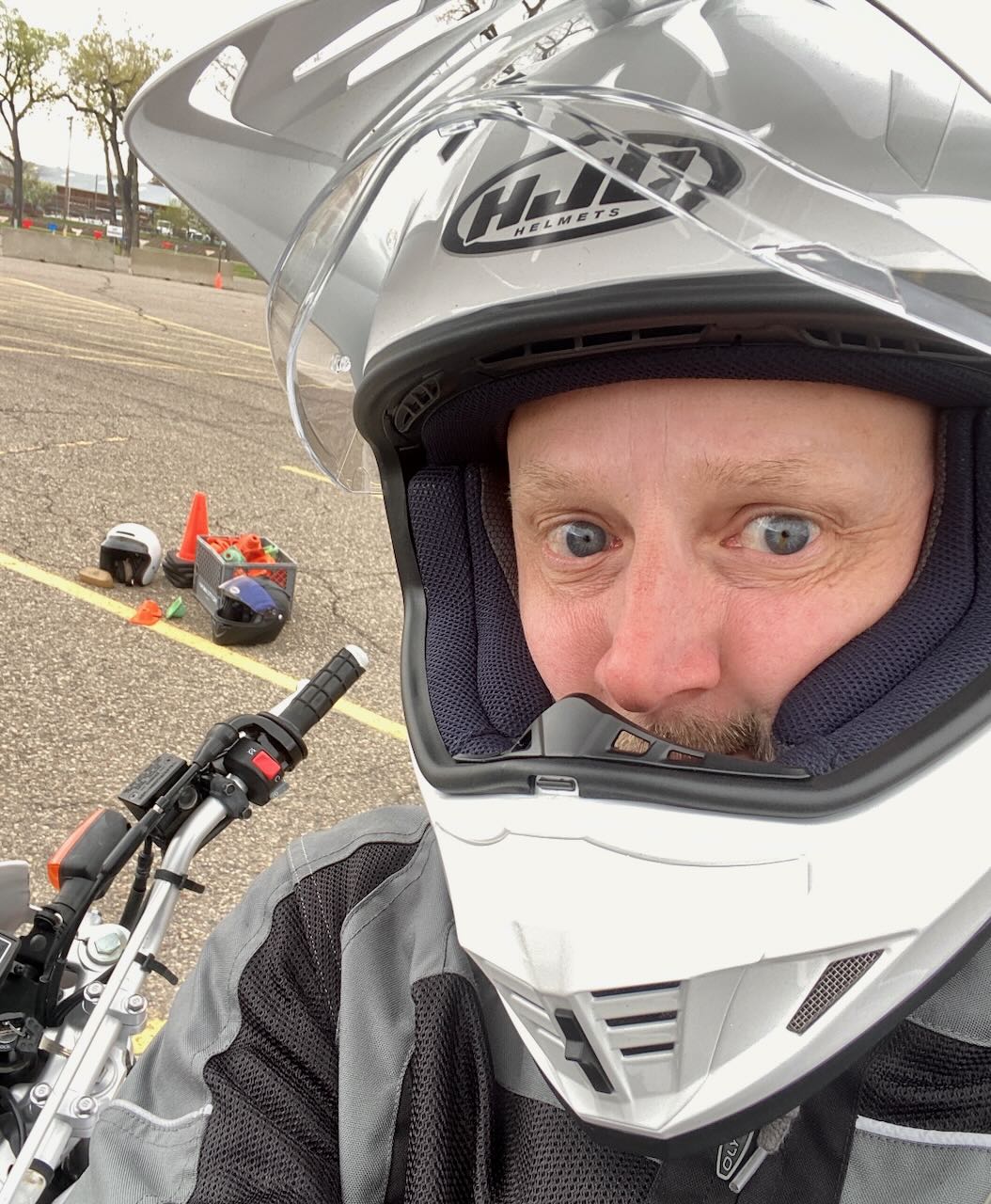(Great Falls, Montana)—My home state of Montana is famous for its instantly recognizable landmarks and unique history. From the rapidly disappearing glaciers of Glacier National Park (see them while you still can!) to the Little Bighorn Battlefield, where a confederation of Plains Indians routed a hapless group of US Army soldiers led by an overconfident zealot whose name I won’t mention here, to the breathtaking Beartooth Highway that crests over 10,000 feet on the Wyoming border, to Norman Maclean’s A River Runs Through It, the Treasure State has no shortage of culture to experience and landscapes to explore.

But one Montana institution may stand above them all: the Sip ’N Dip Lounge in the high plains city of Great Falls. Climb the rickety staircase from the lobby of the unassuming O’Haire Motor Inn to the second floor, where a bouncer checks your ID, and step straight back into 1962. The tiki-themed saloon—bursting at the seams with plastic palm trees, metallic paintings on velvet, grimacing wooden masks, and other South Pacific kitsch—is a dark warren of side rooms and leather booths and is windowless, save for one giant pane of glass behind the bar.
The window doesn’t frame the peaks of the Rocky Mountains to the west of the city or its historic downtown, but rather the depths of the motel’s indoor pool. While the bartenders mix humongous mai tais in pineapple vessels big enough for both Sponge Bob and Patrick to live in, mermaids (and, in recent years, mermen) swoop and dive and blow bubbles for the transfixed regulars and tipsy tourists.

I had never set foot in this venerated watering hole before, and by the time I joined some new friends in the lounge on a weekend evening in May, I had been feeling like a fish out of water for most of the day (maybe a human in a fish suit in the water?). We had converged from all corners of the region for a two-day Motorcycle Safety Foundation (MSF) Basic Ridercourse, and after seven hours wrestling with motorcycles in a windy parking lot, we all needed a little decompression and debrief.
Never Stop Learning
Like a mermaid in Montana, a middle-aged man learning to ride a motorcycle might seem a little awkward or out of place. Trust me, especially with a bunch of strangers watching me struggle with the two-wheeled beast that is the Yamaha TW200 during the MSF course, I felt a lot like Lloyd Christmas from the Farrelly brothers’ 1996 cinematic opus Dumb and Dumber. But just because we reach midlife doesn’t mean we stop learning—that’s dumb. As a dyed-in-the-wool devotee of all things automotive and an eager amateur mechanic, I’ve always admired motorcycles for their teleology and aesthetics. Even if you’ve never even sat on one, if you can’t appreciate the punchy roar of a BMW flat twin or the graceful lines of a Ducati 916, can you truly call yourself a gearhead? Who among us hasn’t fantasized about barreling along the Altiplano on an old Norton? Or bouncing over the Serengeti with a Triumph Tiger? I know I have.
In January of 2023, when I visited the Overland Journal headquarters in Prescott, Arizona, for an extended residency, parked in the office space was CEO and Publisher Scott Brady’s beautiful Moto Guzzi and Expedition Portal contributor and CBDO Brian McVickers’ adventure-oozing, Touratech-equipped KTM. Sure, they were mute cubical mates, but I could hear them whispering to me all the same. I readily confess to sitting on the V7 and mouthing silly engine noises like a six-year-old (sorry, Scott). The pull of the thing is irresistible to anyone with even just a drop of 10W-40 in their veins. The office walls are decorated with large-format photo prints of Overland Journal contributors, past and present, in the midst of two-wheeled exploits around the world. It hit me then that after nearly 45 solar circuits, it was finally time to learn to ride.
Riding Boot Camp
“You know,” Overland Journal moto editor Arden Kysely told me on a conference call later in the spring, “now is the perfect time to learn. In your mid-40s, you have a sense of your own mortality that no 19-year-old does.” Arden has decades of riding experience and has copped only one really serious injury, so this sounded like wisdom to me.
The next question was how to learn to ride safely. When I asked him how he began his riding life, Scott Brady told me, “It started with a Honda CB450 that I rode around [an] Air Force base without a license and evolved to my first moments in the dirt on a Honda XR250 with zero instruction, and ended that day with a wheelie down the street without a helmet. The insanity continued when I decided to ride the Trans-America Trail and bought a KTM 950 for the trip, finally getting a motorcycle license 72 hours before departure. I hope no one learns how to ride like I did.” More sage advice. The obvious course of action was to register for a Motorcycle Safety Foundation (MSF) Basic Ridercourse.

The MSF started life in 1972, and its vision is “to help motorcycle riders realize their full potential, elevating awareness of motorcycling safety in order to save lives.” Every state has its own chapter, and depending on your climate, they offer rider training year-round. The Basic Ridercourse is available to motorcyclists of all levels but is aimed primarily at new riders. In Montana, one benefit of successfully completing the MSF curriculum is the licensing authority waives the riding test when you apply for your motorcycle endorsement (this varies from state to state). The 16-hour on-site training is preceded by a 10-hour online course that students complete before arriving for the first day of in-person education. The online course took me less than 10 hours and is interactive, chock full of riding videos and genuinely difficult quizzes and skills tests.

Before you arrive on site for real-world training, the primary requirements are that you know how to ride a bicycle and that you bring a DOT-approved motorcycle helmet. Long sleeves, long pants, over-the-ankle boots, and gloves are all also compulsory but do not need to be motorcycle-specific. After reading Marianne Todd’s review of the HJC DS-X1 helmet on Expedition Portal, I picked one up for myself and also snagged a selection of used riding gear off Craigslist, including an Olympia riding jacket and a pair of Sidi armored, high-top riding shoes that evoke Converse All-Stars. I rounded out the ensemble with a new pair of Tourmaster Horizon Line Trailbreak gloves and armored riding jeans from the UK’s Bull-it. Better safe than sorry, my middle-aged brain told me. The Ridercourse takes place rain or shine, so check the weather report before you show up, and bring the appropriate clothing.
The online component is relatively new to the Basic Ridercourse—most of its content was previously taught on the first day of live instruction. However, the MSF decided that students benefited from more time actually riding motorcycles during the weekend course than sitting in a classroom. And ride a motorcycle, you will.
Twist of the Wrist
In Great Falls, the MSF teaches its courses at the Montana Expo Center on an expansive sea of asphalt not far from Malmstrom Air Force Base. In fact, both of our instructors for the weekend were military men—one retired from the Air Force and one active duty. Jeff and Vincent proved both to be empathetic but also commanding teachers (as you might expect). The MSF provides the bikes, and our class offered a selection of well-used Honda Nighthawks, Suzuki TU250s, and Yamaha TW200s—all short, lightweight, and low-displacement motorcycles fit for beginners. Most had been on their sides a few times, but all had newer tires and were generally in good condition (more on this later).
As for my classmates, I was surprised to find myself in the majority. Of the 12 newbies in the class, 11 of us were men in various stages of middle age, and nearly all of us had zero riding experience. Our twelfth was a high school girl of 17 whose dad “was making her be here.” Of course, by the end of the class, she was riding circles around all of us. By “riding in circles,” I mean riding in actual circles. The focus of the Basic Ridercourse is to get new motorcyclists comfortable with handling a bike at low speeds and in constrained environments. Within the confines of a fairgrounds parking lot, there’s not a lot of room for doing much more than figure eights, 90-degree maneuvers, slaloms, and loop after loop of slow speed skills tests.
The TW200 I was assigned had a meaty rear tire and a square-jawed look to it, and in comparison to the other bikes in the lineup, had a more off-road focus. I learned later that these motorcycles have barely changed in their nearly 40 years of existence and are common workhorse farm and ranch bikes. Mine persistently leaked gasoline, burned oil, and had a bent and badly misaligned brake lever that made it nearly impossible to modulate the front brake without simultaneously rolling on the throttle—not a fantastic combination. I figured this out about halfway through the first day, and we were able to make some readjustments, so I wasn’t battling diametrically opposed physical forces the entire weekend.

The course starts slowly—with exercises that literally teach you how to get on the bike and how to use the side stand and the fuel valve. You paddle the motorcycle with your feet several times back and forth across the lot before even turning the thing on. But things ramp up quickly. There’s not a lot of hand-holding once the engines fire up and the first instruction on the use of the brakes, clutch, and throttle is complete.
Like Shriners in a parade, the dozen of us twirled through task after task, riding laps around the lot, learning about clutch friction zones and the balance of using both the rear and front brakes in tandem to make smooth stops or abrupt ones. Look ahead, lean in, counterbalance, look ahead, roll on the gas, brake, look ahead—the commands came in a timely sequence from Jeff and Vincent as we moved from one exercise to the next in quick succession. Nobody crashed, nobody fell over, and our confidence as a group grew. We learned from watching and talking to each other along with our teachers, and before we knew it, day one was over.
Graduation
That evening over plates of nachos and wedge salads at the Sip ’N Dip, we dissected our performances and confessed our weaknesses under the goggle-eyed gaze of the mermaids. Bruce was terrified of going any faster than 15 mph but struggled with balancing the bike at lower speeds. Jeremy kept confusing the brakes, always thinking the hand lever actuated the rear. I earned the nickname “Light Switch Steve” from Vincent because I struggled to accept the reality of wet clutch operation. Plenty of clutch slippage is required for good throttle modulation on a motorcycle, an amount that would murder an automotive clutch in no time—something I just couldn’t wrap my brain around after decades of driving manual transmission cars and 4x4s. I spent much of day one leaping from one corner to the next as I repeatedly clamped and released the left lever too quickly, like a light switch.

But on day two, as the final evaluation loomed, everyone improved, even my clutch modulation (more of a dimmer switch by the end). The exam at the finale of the course mimics the riding assessment given by the state and consists of half a dozen skills tests that we practiced over and over during the progress of the weekend. To our collective delight and rounds of high fives, everyone passed, even yours truly, with a score of 85/100. With our certificates signed and dated, all of us were now eligible to complete the written test at our local DMV and gain our motorcycle endorsements.
Riding Into the Sunset?
Where does a new midlife rider go from here?
I wasn’t entirely convinced that, like Ariel in The Little Mermaid becoming human, I had magically transformed into a motorcyclist by the end of the MSF Basic Ridercourse. But I wasn’t Lloyd Christmas, either. Motorcycling still seemed intimidating and dangerous to me, especially taking traffic into account—something simulated riding tasks in a parking lot can’t replicate. Later in the spring, I rode around in more circles in the dirt at Overland Expo (weirdly enough, also on a TW200) at the Ride with Us skills area, another chance to practice, but hardly the push I needed.

That push came in the form of a scruffy Craigslist-special 1999 Kawasaki KLR650. The first-gen KLR is a classic entry-level choice for an adventure bike, and the two decades and 40,000 miles of hard riding on mine meant that if (when) I dropped the thing, any scuffs or bruises would only add to the character. I like its end-of-the-century teal color scheme and splash graphics. It’s slow, easy to stand over with my 32-inch inseam, and simple to work on. So I have been riding. Just around my neighborhood at first, then through the city on quiet days, and exploring the Forest Service roads that fan out from my hometown in all directions. I’m building confidence, and I try to get on the bike as often as I can.
Next up, of course, are some adventures—my colleagues have been encouraging (possibly enabling) my new hobby, and they have supplied me with lots of advice and instructional tales from their own riding lives, which I will share in future articles. I’ll also map out some lessons from my first overnight trip on my KLR.

Our No Compromise Clause: We do not accept advertorial content or allow advertising to influence our coverage, and our contributors are guaranteed editorial independence. Overland International may earn a small commission from affiliate links included in this article. We appreciate your support.






